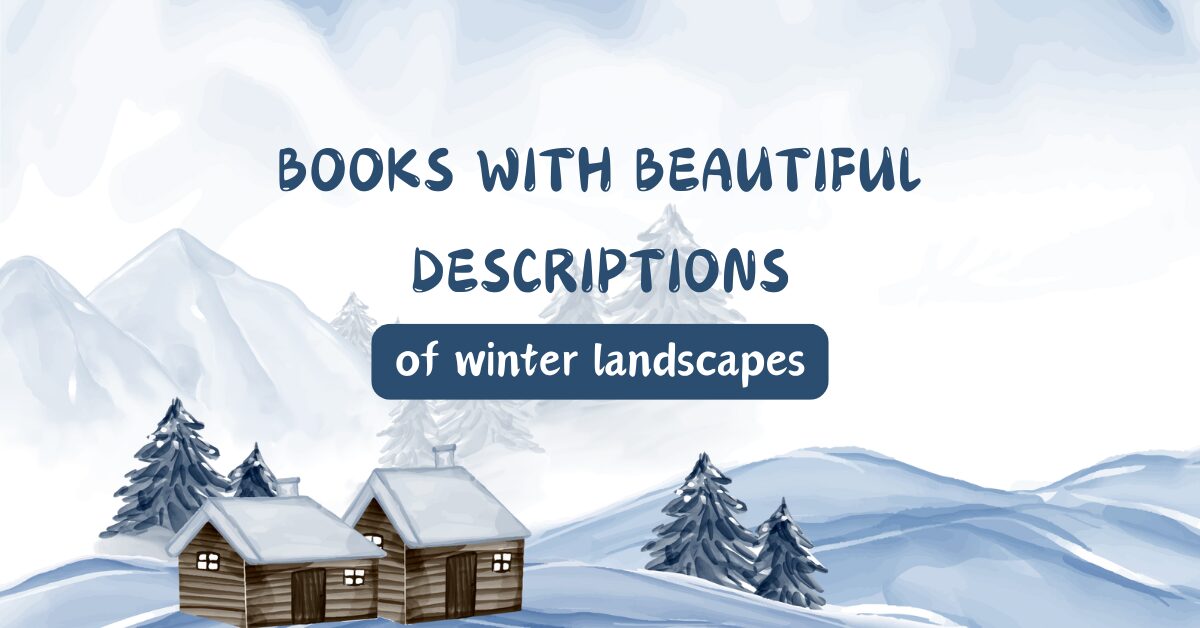Winter is a season that feels like it was made for stories. There’s something about the stillness of a snow-covered landscape or the sharp bite of cold air that makes the world feel both quiet and alive. It’s no surprise, then, that so many authors use winter as a canvas for their most beautiful and memorable descriptions.
These books aren’t just set in winter; they invite you to feel it. The weight of heavy snow pressing down on trees, the way frost etches patterns on glass, or the way light hits the icy surface of a frozen lake. They don’t just describe the cold — they make you hear the crunch of boots on snow and feel the burn of wind on your cheeks.
If you’re drawn to atmospheric writing and want to lose yourself in some of the most evocative depictions of winter landscapes, this list is for you.
1. Winternight Trilogy by Katherine Arden
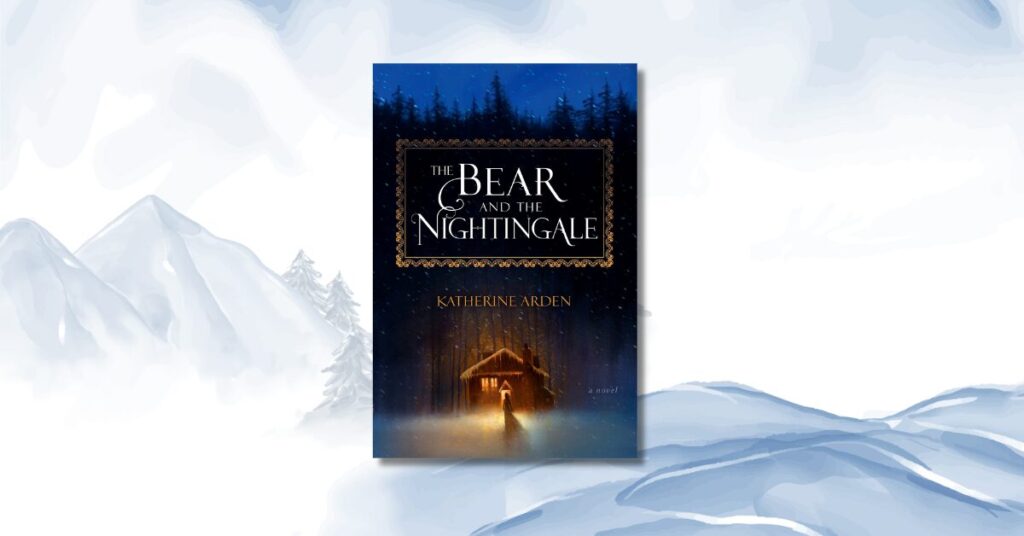
The Winternight Trilogy by Katherine Arden is a masterclass in capturing the magic and danger of winter. Set in a medieval Russian landscape, the series begins with The Bear and the Nightingale, introducing us to Vasya, a fierce and unforgettable heroine caught between the old ways of folklore and the rising tide of Christianity.
Arden’s writing is lush and atmospheric, bringing the harsh winters of Russia to life in a way that feels almost tangible. You’ll find yourself shivering at her descriptions of frost creeping across windows, snow blanketing silent forests, and the cold seeping into every crack and corner. But it’s not just the beauty of winter Arden conveys—it’s also its danger. The cold is as much a character as Vasya, shaping the story and the lives of everyone in it.
The trilogy blends myth, history, and breathtaking prose, making it feel like stepping into an old, frost-covered fairytale. It’s perfect for anyone who loves immersive, atmospheric reads with rich descriptions of snowy worlds.
“The frost-demon’s voice was soft, like the whisper of falling snow. ‘You are immortal, and perhaps I understand nothing of your kind. But I do not think you were meant to live in darkness, bound to guilt and regret.’”
2. The Snow Child by Eowyn Ivey

The Snow Child by Eowyn Ivey is set in 1920s Alaska and it tells the story of Jack and Mabel, a couple struggling to survive in the isolation of the wilderness. One evening, during the first snowfall of winter, they build a child out of snow. By morning, the snow child is gone—but a mysterious little girl appears in the woods, forever changing their lives.
Ivey’s writing is breathtakingly beautiful, painting the Alaskan landscape with vivid, dreamlike detail. The cold isn’t just a backdrop here—it’s alive, a force that shapes the characters and their emotions. You can feel the bite of the wind, see the glitter of snow under moonlight, and hear the soft hush of flakes falling all around. The winter is both harsh and magical, filled with moments of quiet beauty and raw survival.
If you love books that feel like stepping into a fairy tale, wrapped in the haunting stillness of winter, this one’s for you. It’s a story about loss, love, and the thin line between reality and imagination.
“The snow fell deeper that year than any they had yet known. It drifted high against the cabin walls, and the world was quiet and white and cold, so cold that their breath left their lips and hung in the air like smoke.”
3. Spinning Silver by Naomi Novik
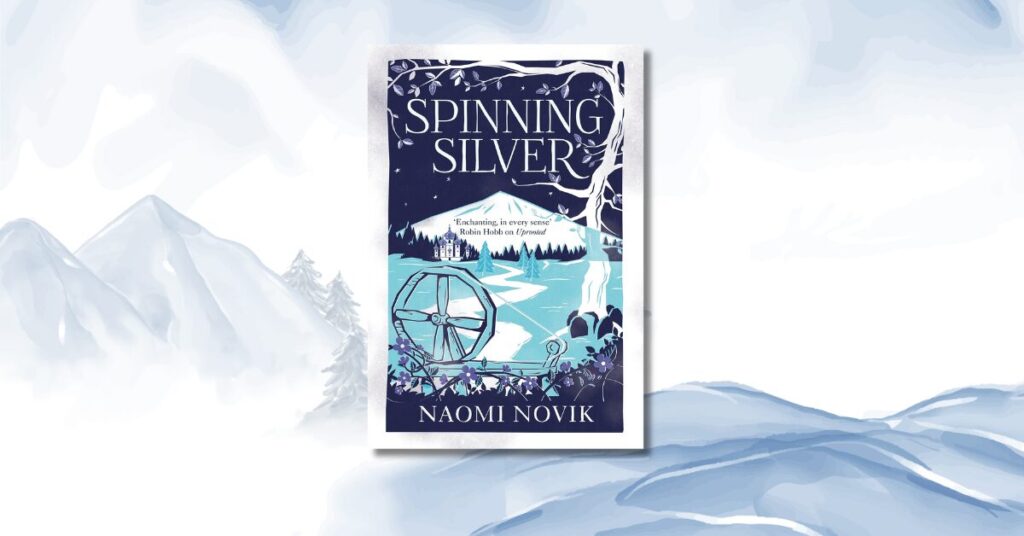
Spinning Silver by Naomi Novik is a dazzling, wintry tale that feels both timeless and refreshingly new. Inspired by Rumpelstiltskin, the story weaves together the lives of three strong women: Miryem, a moneylender’s daughter with a gift for turning silver into gold; Wanda, a poor farm girl working to pay off her family’s debt; and Irina, a duke’s daughter caught in the schemes of courtly politics.
Winter dominates the world of Spinning Silver. The Staryk, otherworldly beings who thrive in ice and snow, bring an eternal frost wherever they go. Novik’s writing makes you feel the chill seep into your bones, with frost creeping over windows, forests encased in ice, and snow crunching underfoot. But the cold isn’t just oppressive—it’s beautiful, with a shimmering, dangerous allure that’s impossible to resist.
This is a book that captures the dual nature of winter: its harshness and its beauty, its ability to bring life to a standstill while making the world glitter like a jewel. If you’re looking for an atmospheric, wintry read with themes of resilience and self-discovery, this one is unmissable.
“The world was ice and silver, silent and beautiful and hard as a nightmare. The cold pressed against my skin like a sheet of glass, unyielding and unbroken, and the sky overhead was a dark bowl with a scatter of stars.”
4. The Great Alone by Kristin Hannah
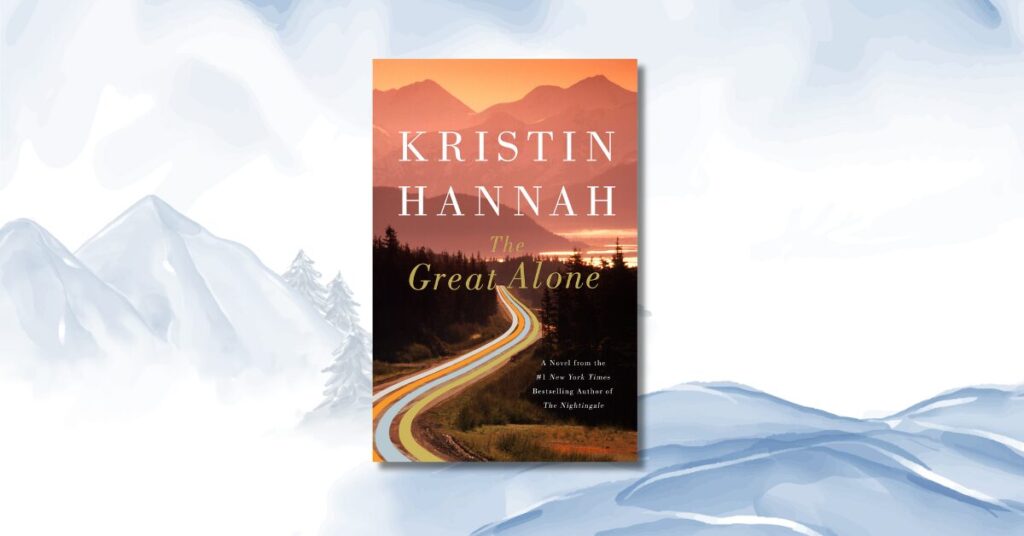
The Great Alone by Kristin Hannah is a sweeping, emotional story set against the stunning yet brutal backdrop of 1970s Alaska. It follows Leni, a teenage girl whose family moves to the Alaskan wilderness in search of a fresh start. But as the long, dark winters close in and her family’s fragile dynamics begin to crack, Leni learns just how unforgiving both the wild and human nature can be.
Hannah’s descriptions of Alaska are breathtaking and immersive. The vast, snow-covered landscapes feel alive—beautiful and wild, yet utterly indifferent to human survival. The icy rivers, towering mountains, and endless stretches of snow create a world that is both isolating and awe-inspiring. Winter in this book isn’t just a setting; it’s a force, one that pushes the characters to their limits and tests their resilience.
If you’re drawn to atmospheric stories that balance the raw beauty of nature with the complexities of human relationships, The Great Alone is a must-read. It’s a tale of survival, love, and finding strength in the darkest of times.
“Winter came suddenly, an angry, relentless onslaught of snow and ice. Trees disappeared beneath the weight of it, the world went silent, and the sky became a white sheet, unbroken and infinite.”
5. Small Things Like These by Claire Keegan

Small Things Like These by Claire Keegan is a quiet, powerful novella set in a small Irish town during the bitterly cold winter of 1985. It follows Bill Furlong, a coal merchant, as he goes about his work delivering coal and wood to the townspeople in the lead-up to Christmas. Amid the icy streets and frosted windows, Bill stumbles upon a troubling truth that forces him to confront his own conscience.
Keegan’s writing is spare yet luminous, painting the wintry Irish landscape with vivid detail. You can feel the frost on the ground and see the thin light of short, gray days. The cold seeps into every corner of the story, reflecting the hardships and quiet endurance of the characters. But within the starkness, there’s also warmth—a flickering hope that shines through even the darkest of winters.
This is the perfect book for a chilly evening, one that lingers in your heart long after you turn the last page. It’s about kindness, courage, and the small acts that hold the power to change everything.
“Outside, the world was frozen, the fields and hedges silver with frost, the river like a sheet of black glass. Smoke rose from the chimneys, straight as stone.”
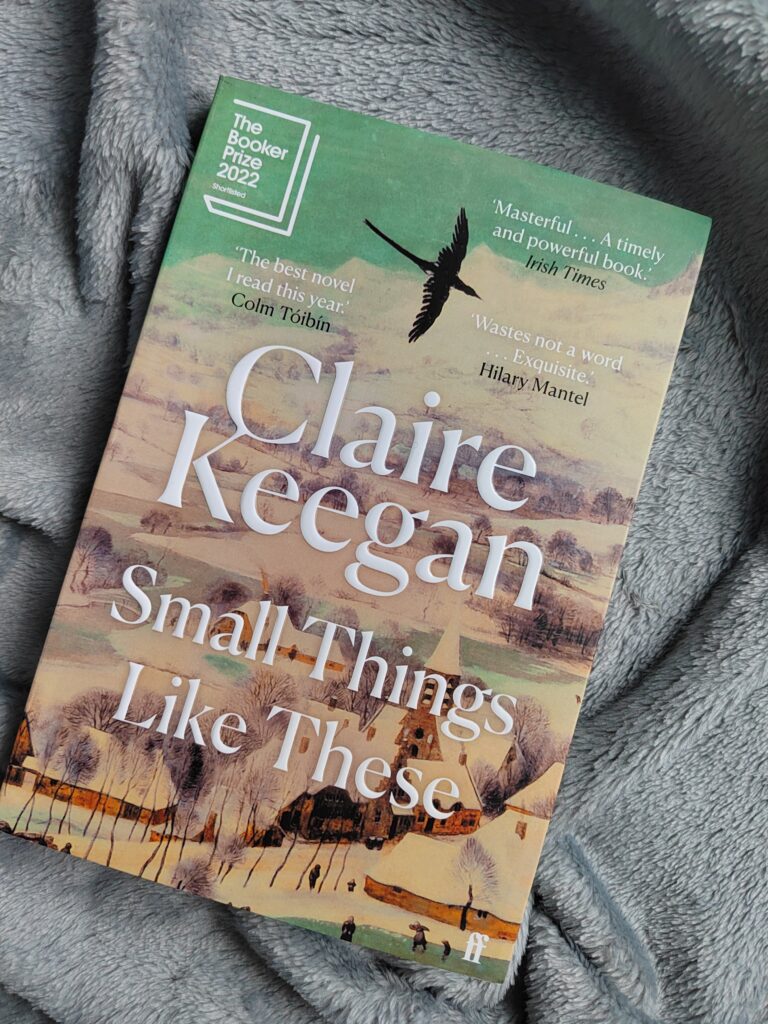
Why Winter Landscapes Matter in Literature
Winter landscapes have a unique power in literature. They’re more than just a backdrop—they set a tone, evoke emotions, and shape the way we experience a story. Snow-covered forests, frozen rivers, and the quiet stillness of winter often reflect themes of isolation, introspection, and resilience. A winter setting can feel magical and serene, or harsh and unforgiving, depending on how the author paints it.
In many stories, winter represents both an external and internal journey. The season’s starkness mirrors the characters’ struggles, stripping life down to its essentials. Think of the haunting desolation in Ethan Frome or the shimmering, otherworldly magic in The Snow Child. Winter landscapes heighten tension, demand survival, and offer moments of beauty amid the bleakness. They remind us that, even in the coldest times, transformation is possible.
In Ursula K. Le Guin’s The Left Hand of Darkness, for example, the alien world of Gethen, locked in eternal winter, reflects the inner isolation of its inhabitants, allowing the theme of gender and human connection to unfold in an unanticipated yet profound way
At its core, winter in literature invites us to pause and reflect. The quietness of snow, the early darkness, and the way the world slows down—it’s an atmosphere that encourages both characters and readers to look inward. It’s this mix of beauty, danger, and self-discovery that makes winter such an unforgettable literary presence.
How Winter Adds to the Story
Winter is a season of contrasts, and in literature, it has a way of amplifying both the stakes and the emotions in a story. A snowstorm can isolate characters, forcing them to confront their fears or each other. The biting cold can heighten a sense of struggle or loss, as seen in The Great Alone, where Alaska’s winter mirrors the emotional turmoil of its characters.
But winter also offers moments of quiet beauty and reflection. In The Lion, the Witch and the Wardrobe, the eternal winter of Narnia feels magical, creating a dreamlike world that underscores the story’s themes of hope and renewal. Similarly, in Small Things Like These, the frosty Irish winter reinforces both the hardship of life and the warmth of unexpected kindness.
The physical elements of winter—snow, ice, and cold—often carry symbolic weight. Snow can represent purity or concealment, ice can signify stagnation or danger, and cold can suggest emotional distance or survival. These elements work together to deepen the story, creating layers of meaning that draw readers further into the world.
Winter isn’t just a setting—it’s an active participant in the narrative, shaping the characters, the mood, and the story itself. It’s why so many unforgettable books return to the cold, white beauty of this season.
Discover more from Bookish Delights
Subscribe to get the latest posts sent to your email.
